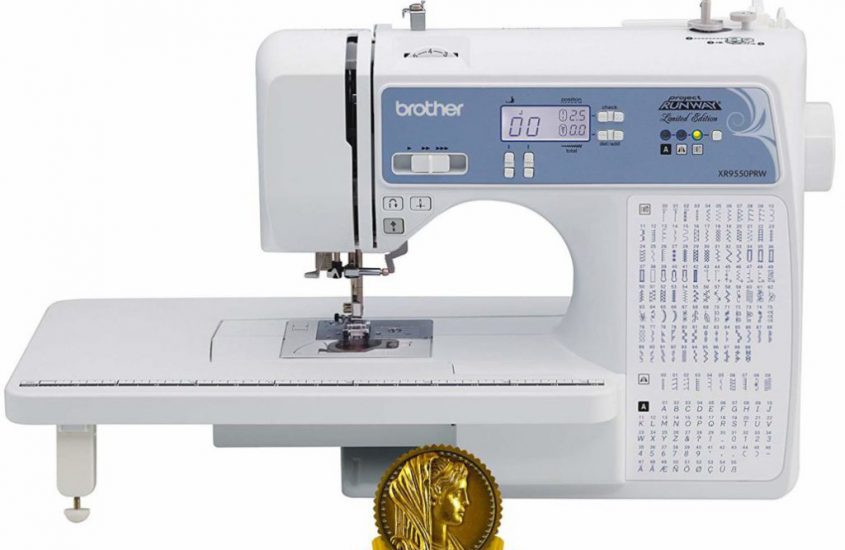Wholesale Children’s Clothing

Wholesale children’s clothing refers to buying and selling large quantities of clothing for children at discounted prices. This type of business is suitable for retailers and boutique owners who want to offer a wide variety of clothing for kids at affordable prices. By purchasing clothing in bulk, retailers can reduce costs and increase profit margins. In order to be successful in the wholesale children’s clothing business, it’s important to identify a target market, research suppliers, establish a budget, and continuously monitor sales to ensure that inventory is consistently being restocked as needed. Additionally, it’s important to have a good understanding of the trends and styles that are popular among children and their parents.
Identify Target Market
Identifying the target market is an important step in the wholesale children’s clothing business. The target market refers to the specific group of consumers that the clothing is intend for. To identify the target market, consider the following factors:
- Age range: Determine the age range of children that the clothing design for, such as newborns, infants, toddlers, or older children.
- Gender: Will the clothing be design for boys, girls, or both?
- Style: What is the style of clothing that offered? Will it be casual, formal, sporty, or trendy?
- Price point: Determine the price point at which the clothing will sold.
- Location: Identify the geographical location where the clothing will sold. This will help in determining local trends and styles.
- Demographics: Identify the socio-economic status of the target market. This will help in determining the type of clothing and the price point that will be most appealing to the target market.
By identifying the target market, retailers can tailor their inventory and marketing efforts to meet the specific needs and preferences of their customers.

Research Suppliers
Researching suppliers is an important step in the wholesale children’s clothing business. Suppliers are the companies or manufacturers that produce and sell the clothing to retailers. When researching suppliers, consider the following factors:
- Quality: Look for suppliers that produce high-quality clothing that is durable and made with safe materials.
- Variety: Look for suppliers that offer a wide variety of clothing styles and designs to cater to the target market.
- Price: Look for suppliers that offer competitive prices without compromising on quality.
- Reputation: Research the reputation of the supplier by reading customer reviews and asking for references.
- Location: Consider if the supplier is located near to you, this will reduce shipping costs, and also it will be easier to visit them if needed.
- Lead times: Check the supplier lead times and if they are reasonable.
- Minimum order requirements: Check the supplier’s minimum order requirements and if they align with your inventory needs.
- Payment terms: Be aware of supplier payment terms and make sure you are comfortable with them.
- Return policy: Check the supplier’s return policy and if it aligns with your business policies.
It is recommended to reach out to several suppliers and compare their prices, lead times, and minimum order requirements before making a final decision. Additionally, it is a good idea to establish a good relationship with the supplier, as it can be beneficial in the long run.
Wholesale Children’s Clothing Establish a Budget
Establishing a budget is an important step in the wholesale children’s clothing business. A budget is a financial plan that outlines how much money will spent on inventory, marketing, and other expenses. To establish a budget, consider the following factors:
- Inventory costs: Determine how much money will spent on purchasing inventory from suppliers.
- Shipping and handling: Estimate the cost of shipping and handling the inventory to the appropriate location.
- Marketing expenses: Determine how much money will spent on advertising and promoting the clothing.
- Overhead costs: Consider the costs of running the business, such as rent, utilities, and staffing expenses.
- Profit margin: Determine the desired profit margin and factor it into the budget.
It is important to have a realistic budget that accounts for all potential expenses and ensures that the business will be profitable. It’s also important to continuously monitor the budget and adjust it as needed.
A good way to start is to create a spreadsheet that includes all the costs, to have a clear idea of how much money you need to start the business and to estimate how much money you expect to make. You can use this spreadsheet to track your expenses and income and to see how well you are doing.
Additionally, it’s important to have a contingency plan in case of unexpected expenses, this will help you to prepared for the worst-case scenario.
Wholesale Children’s Clothing Place Orders
Placing orders with suppliers is an important step in the wholesale children’s clothing business. Once the target market, suppliers, and budget have established, it’s time to place orders for inventory. When placing orders, consider the following factors:
- Quantity: Determine how much inventory is needed to meet demand. Keep in mind that it’s better to have more inventory than not enough.
- Lead times: Be aware of the supplier’s lead times and plan accordingly.
- Payment terms: Review the supplier’s payment terms and make sure they align with your business policies.
- Shipping and handling: Coordinate with the supplier to ensure that the inventory is delivered to the appropriate location in a timely manner.
- Order confirmation: Make sure to get an order confirmation from the supplier and review it carefully before making the payment.
- Communication: Establish a good communication channel with the supplier and make sure to follow up on the order status.
It is a good idea to place orders from multiple suppliers to diversify the inventory and reduce the risk of stockouts. Additionally, it’s important to have a system in place to track orders, inventory, and payments to ensure that everything runs smoothly.
Arrange for shipping and handling
Arranging for shipping and handling is an important step in the wholesale children’s clothing business. Once the orders have been placed, it’s important to coordinate with the suppliers and shipping companies to ensure that the inventory is delivered to the appropriate location in a timely manner. When arranging for shipping and handling, consider the following factors:
- Shipping options: Choose the most appropriate shipping option based on the inventory size, weight, and destination.
- Packaging: Make sure that the inventory is packaged securely to prevent damage during transit.
- Insurance: Consider purchasing insurance for the inventory to protect against loss or damage during shipping.
- Tracking: Make sure that you are provided with a tracking number and keep track of the shipment status.
- Customs and import: Be aware of the customs and import regulations of the destination country and arrange for any necessary documents and clearance.
- Delivery: Coordinate with the supplier and shipping company to schedule the delivery at a convenient time and location.
- Unloading and storage: Make sure that you have a plan to unload and store the inventory once it arrives.
It’s important to have a good communication with the supplier and shipping company, to ensure that the inventory arrives on time, in good condition and without any issues. Additionally, keep the necessary records of the shipment and the invoices for the inventory, this will be helpful for tax and accounting purposes.
Wholesale Children’s Clothing Set prices
Setting prices is an important step in the wholesale children’s clothing business. Pricing is a crucial aspect of any business and it can be the difference between success and failure. When setting prices, consider the following factors:
- Cost of goods: Determine the cost of the inventory from the supplier, including shipping and handling.
- Operating expenses: Factor in the cost of running the business, such as rent, utilities, and staffing expenses.
- Profit margin: Determine the desired profit margin, this is the amount of money that you want to make from each sale.
- Competition: Research the prices of similar products from competitors and ensure that your prices are competitive.
- Demographics: Consider the socio-economic status of the target market when setting prices.
- Location: consider the location where the clothing will sold, prices may vary depending on the region.
- Discounts and promotions: Plan for discounts and promotions to increase sales and move inventory.
It’s important to have a pricing strategy that balances cost, competition, and customer demand. Additionally, it’s important to be flexible with prices and adjust them as needed based on market conditions, inventory, and sales.
It’s also good to have different pricing levels for different type of customers, for example, retailers, boutique owners, and online sellers. This will help you to increase your customer base and will also help you to increase your sales.
Conclusion
Starting a wholesale children’s clothing business involves several key steps, including identifying the target market, researching suppliers, establishing a budget, placing orders, and arranging for shipping and handling. By following these steps, retailers can tailor their inventory and marketing efforts to meet the specific needs. Preferences of their customers, while also ensuring that their business is profitable. It’s also important to continuously monitor sales and restock inventory as needed. Additionally, it’s recommended to have a good understanding of the trends and styles that are popular among children and their parents. Running a wholesale children’s clothing business requires attention to detail, good communication skills and a sense of organization. By following these steps and being prepared for the unexpected, you will be able to run a successful wholesale children’s clothing business.









